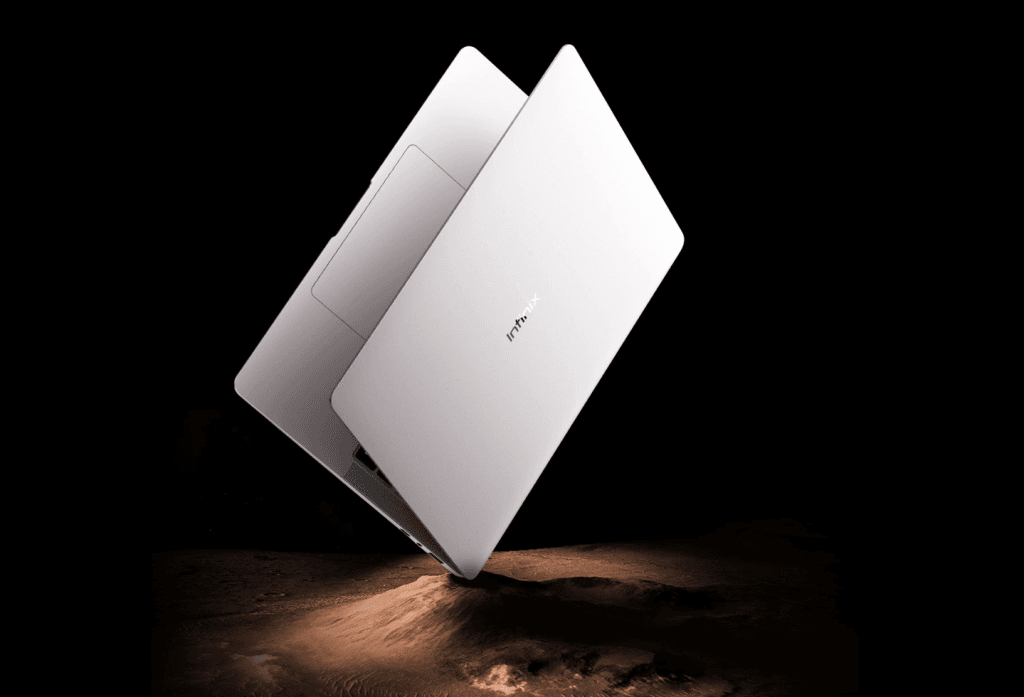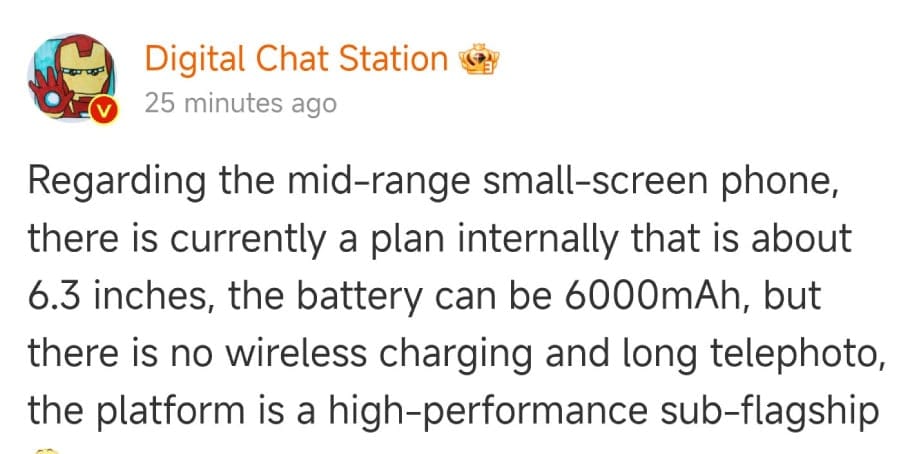At the OPPO Developer Conference 2024, OPPO showcased ColorOS 15, which is based on Android 15 and tailored for the Chinese audience. This new version emphasizes user-friendliness, system efficiency, and customization possibilities, aiming to create a harmonious blend of aesthetics and practicality.
New Look and Feel
ColorOS 15 comes with a fresh design that is labeled as “super light and more comfortable.” The revamped interface uses natural light and shadow effects to enhance the user experience. This design is crafted to be both attractive and user-friendly, concentrating on subtle improvements rather than drastic changes.
The visual aspects, like motion effects and app transitions, have been polished to ensure a smoother experience when navigating. Whether you’re using gestures or switching apps, the system aims to deliver a more fluid and responsive interaction.
Boosted Performance and Gaming
With the introduction of the new Lightning Engine, OPPO has notably enhanced system performance, increasing responsiveness by 18% and stability by 40%. This should lead to quicker load times and enhanced multitasking capabilities.
For gamers, ColorOS 15 includes a special mode that can achieve frame rates of up to 116.7 FPS. This feature ensures smoother gameplay as well as improved video calls, especially during demanding tasks.
Intelligent Features for Daily Life
One eye-catching feature in ColorOS 15 is Snap-and-Ask, which enables users to capture images of objects or scenes and receive real-time information through the camera. This makes it simpler to gather information quickly without the hassle of a manual search.
The update also brings in various AI-driven features. Virtual avatars can help with tasks like language learning and storytelling, while AI Image Enhancement tools can significantly improve photo quality by removing blurriness or unwanted reflections with a mere tap.
Enhancements for Productivity and Privacy
For users aiming for better productivity, the AI Office Suite introduces useful tools for managing documents, including format conversion and quick summaries. The AI Voice Summary function can capture and condense essential points from meetings or audio files, making it easier to remember crucial details.
ColorOS 15 further prioritizes privacy with enhanced encryption via its Trusted Execution Environment (TEE), securing data transfers between the cloud and the device. Features like Smart Clipboard Protection and Calendar Write Permissions give users better control over their data, minimizing unnecessary access to personal information.
Personalization Options for Users
With ColorOS 15, users can customize their devices using dynamic themes applicable throughout the system, from the lock screen to the wallpaper. The redesigned Control Center provides easier access to vital functions like Wi-Fi and media controls with just a single tap.
The system also features Dual App Split-Screen Mode, allowing users to run two applications simultaneously. This capability makes multitasking more efficient, providing greater flexibility when transitioning between apps.
File Management and Sharing Improvements
The update enhances file sharing through OPPO Share, which is now compatible with iPhones. This allows for quick transfers of files, photos, and videos among devices, even across different platforms.
ColorOS 15 also adds Automatic SMS Cleanup, which identifies and deletes expired verification codes from messages, helping users maintain an organized inbox.
Launch Information
ColorOS 15 is set to be released in China this coming November. Details regarding its global rollout will be shared soon.





















